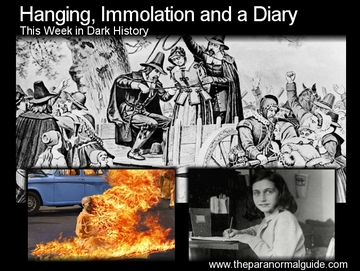
June 10, 1692
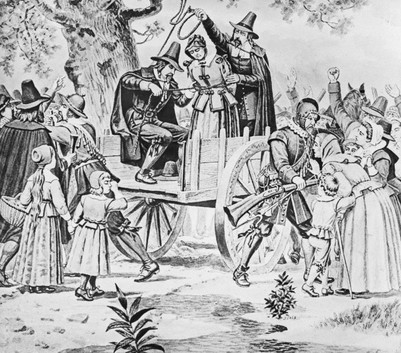 Bridget Bishop's execution.
Bridget Bishop's execution. Bishop, at age 60, was the first to be executed during the Salem Witch Trials.
In February of that year two young girls, a daughter and a niece of Reverend Samuel Parris began to behave oddly. Soon the behaviour turned into mysterious fits and other strange sickness which a doctor soon diagnosed as being the effects of witchcraft. As it followed, the girls were compelled to name those who had bewitched them.
In early March, three women were charged with the crime a witchcraft, a crime that, if found guilty, would see all three executed. It did not take long before one of those charged, an Indian slave owned by Reverend Parris named Tituba, confessed, after being soundly beaten.
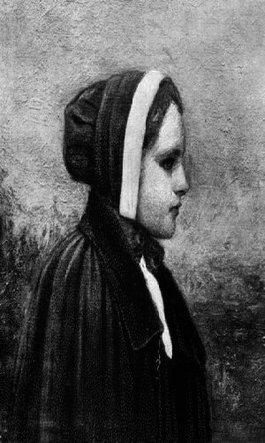 Bridget Bishop.
Bridget Bishop. However it was Bridget Bishop who would be the first to suffer the full penalties of the law. Asides from being accused of witchcraft, there were other social and cultural values that she was seen to break – she was an outspoken woman, wore bright clothing, married multiple times and was said to own several businesses.
The accusations against her involving witchcraft included the fact she once said people believed her to be a witch, striking a man’s son with a spade, wanting a small piece of lace dyed (the dyer thinking this must be for a spell casting doll), her spirit attacking men as they slept, and for owning a pig that seemed to be bewitched.
June 11, 1963
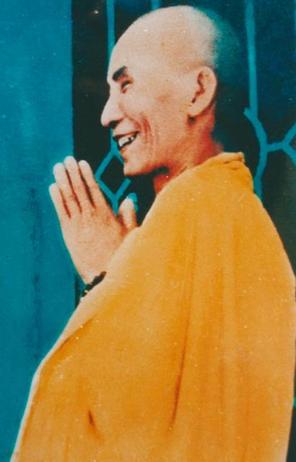 Thich Quang Duc.
Thich Quang Duc. The Buddhist Crisis had started after nine unarmed civilians were shot, as they protested the banning of the Buddhist flag. For over a month the Buddhists led a campaign of civil resistance which essentially fell flat on the ears of the government. On June 10 US correspondents were informed that an important event would take place the following day, however this too was mostly ignored.
The next day, as the procession halted at the intersection, only a few reporters were present as the important event took place.
Three monks emerged from a car and entered the intersection; one placed a cushion on the ground, on which Vietnamese Mahayana Buddhist Monk Thich Quang Duc seated himself in the lotus position. The third monk then retrieved a can of gasoline from the car, and proceeded to empty its contents over the seated Quang Duc.
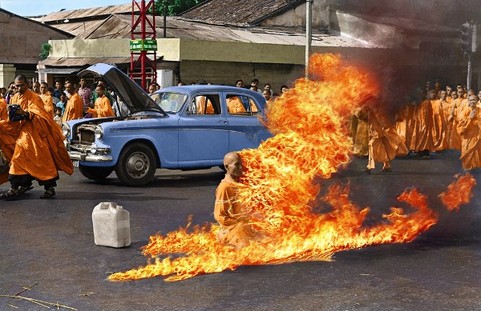 Thich Quang Duc's self immolation.
Thich Quang Duc's self immolation. All the while a monk repeated in English and Vietnamese "A Buddhist priest burns himself to death. A Buddhist priest becomes a martyr."
His body was recovered and taken to a nearby pagoda, where a thousand monks held a meeting protected by pro Buddhist students, forming a human wall around the building.
In the following weeks more self immolations were carried out with the president’s sister in law offering to supply the matches for the 'barbecues' as she callously called them. Come November 1963, the president was assassinated.
June 12, 1942
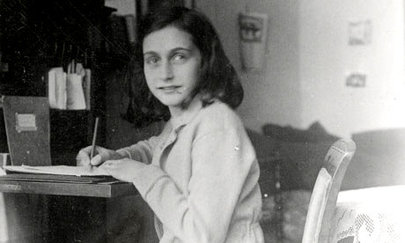 Anne Frank.
Anne Frank. Immediately she started to make passages in her diary, ranging from passages relating to the everyday occurrences, through to changes that had taken place in her daily life, due to the German occupation of the Netherlands. She was a Jewish girl, and as such had to live with the many restrictions placed upon her people by the Germans.
Less than a month later her life would undergo a massive change, as her family received a notice calling for them to report in for relocation to a work camp. Her father decided the family would go into hiding in the rooms above his place of employment, 'Opekta Works'.
These rooms, later referred to as the 'secret annex' was a three story multi room space that was accessible via a door later hidden by a bookcase (on hinges, the entire bookcase was swung open to access the rooms beyond) and it was here that the Frank family, later joined by the Van Pels family, lived in the hope of outlasting the war.
Those living in the annex were frequently visited by several employees of Opekta works, those they could trust to keep their secret. These people would provide food and remove the rubbish. They also provided a distraction from the day to day monotony of living in the same room’s, day in and out.
Here Anne continued to write in her diary, a diary she was determined no one else would read, as it went into quite intimate detail concerning her family, her outlook on life in the annex, the war and her development from a young girl into a young woman.
Almost two years after moving into the secret annex, the Franks and Van Pels were arrested by German police, after they had received a tip-off. The family’s were held and interrogated overnight before being transferred to various prisons, and eventually the Auschwitz concentration camp. Anne very narrowly avoided immediate transferral to the gas chambers on arrival as all children under the age of 15 were murdered.
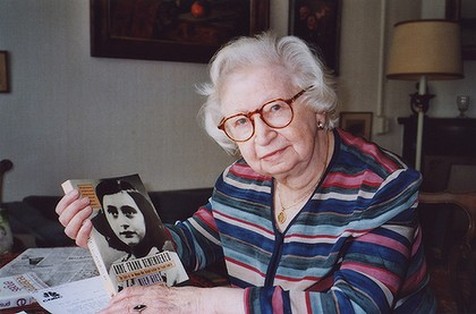 Miep Gies who helped hide the Frank family.
Miep Gies who helped hide the Frank family. Anne and Margot were buried in a mass grave.
Anne had wanted to be an actress, and later wanted to be an author. This wish would be realised after her father Otto Frank, surviving Auschwitz and returned to Amsterdam, where the family had lived. He had hoped to locate his family, but soon learned they had passed.
However, he also learned his daughters diary had been saved after friends had searched the secret annex, the last entry being made only days before their arrests by the Germans. In 1947 Otto Frank saw Anne's diary published as 'The Annex: Diary Notes ' and later as 'Anne Frank: The Diary of a Young Girl'.
It has since been translated into more than 60 languages and is considered one of the most important books of the 20th century.
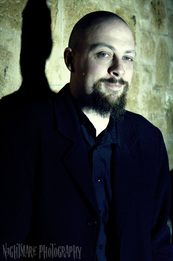
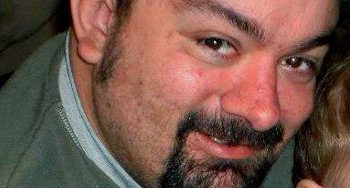



 RSS Feed
RSS Feed
